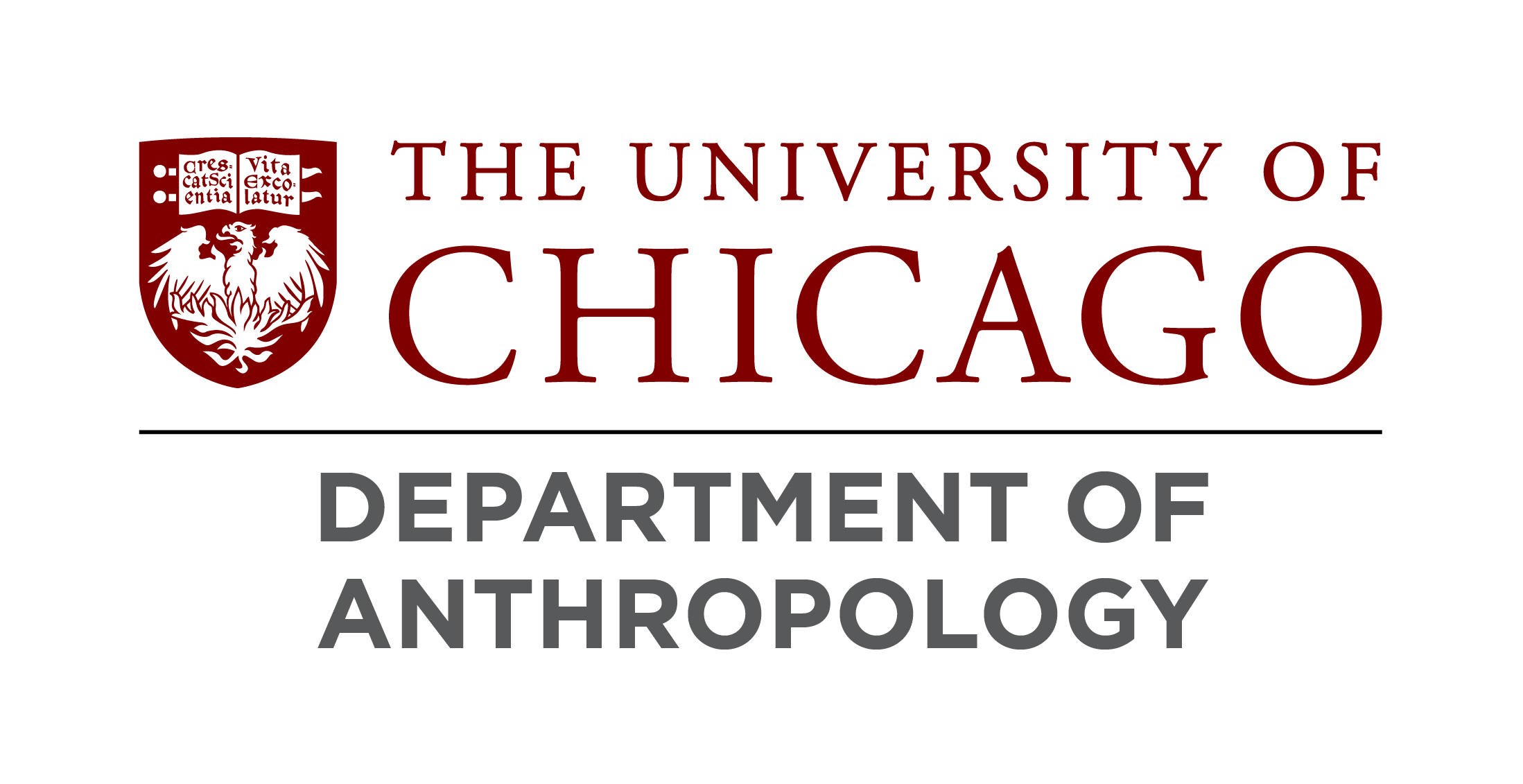History
The Department of Anthropology at the University of Chicago was founded in 1929 under the chairmanship of Fay-Cooper Cole, but had a longer historical presence at the University. Anthropology was established as a field of early interest at the University of Chicago through William Rainey Harper’s appointment in 1892 [the first year that classes were held] of Frederick Starr as the first faculty member in anthropology. This was one of Harper’s first acts as the inaugural president of the University of Chicago.
Starr was originally appointed into the “scientific department”, but with Harper’s development of the “social science” (or sociology) department under Albion W. Small, he was quickly reappointed. During the period of his appointment until his retirement in 1923, Professor Starr frequently traveled, conducting research in the United States and Mexico, as well as in Japan, Korea, the Philippines and Africa. Starr was an immensely popular teacher and lecturer, but his frequent travels regularly interrupted instruction in anthropology, necessitating the continued administrative integration of Anthropology with the department of Sociology.
Following Starr’s retirement, the University offered a part-time appointment to Fay-Cooper Cole, who had done long-term fieldwork in the Philippines in 1906, and was employed at the Field Museum. Cole consolidated his position, lobbied for and achieved the separation between the departments of sociology and anthropology in 1929, and facilitated the recruitment and appointment of the brilliant linguistic anthropologist Edward Sapir, a second-generation student of Franz Boas who helped to shift the intellectual culture of the department away from Starr’s museum orientation to the knowledge of the patterns of social behavior, and especially of symbolism. Sapir’s influence inspired linguistic anthropological fieldwork by Manuel Andrade, Harry Hoijer and Father Bernard Haile amongst various communities in the United States and
Mexico.
Sapir’s appointment was followed shortly by that of Robert Redfield, whose policy-orientation towards contemporary America and interest and concern with contemporary social issues reveals the influence on the department of anthropology of the Chicago School of Sociology and its chair, Robert E. Park (who was also Redfield’s teacher and father-in-law). Redfield and Tax’s early research on rural and urban communities in Yucatan (and subsequently Guatemala) further articulated this influence.
Early research also included the archeological excavation of important sites in Illinois, including the Kincaid Mounds, which for many years served as a summer “field school” for anthropology graduate students and a key site where modern archeological field methods were developed and revolutionized. This research revealed how certain archeological features in these sites established the state of Illinois as central in the understanding of the ethno-history of the Mississippi Valley region. The department produced various monographs and a comparative pictorial survey (conducted primarily by Thorne Deuel) of the archeology of the region.
A significant moment in early departmental history was the initially temporary appointment of British social-anthropologist Alfred Reginald Radcliffe-Brown to the faculty to replace Sapir’s initially temporary position at Yale. Radcliffe Brown’s reworking of Durkheimian themes in his ahistorical approach to social structure and function reoriented the department towards the “social science” from which it had since departed. This perspective contrasted sharply with Sapir’s historically particularist Boasian framework, resulting in a revealing schism between the “socially” and “culturally” oriented anthropologists in the department. Both their respective “temporary” appointments became permanent, until Radcliffe-Brown’s departure for Oxford in 1937 and Sapir’s death in 1939.
In the late 1950’s the recruitment of Lloyd Fallers, Clifford Geertz and David Schneider from the University of California Berkeley breathed new life into the department following the death of Redfield (of Leukemia in 1958) and the departure of Sherwood Washburn and Lloyd Warner. These former three scholars reoriented the department towards a symbolic approach to anthropology, which had a monumental impact on the field. These young scholars also oriented the department towards the ongoing recruitment of “star” anthropologists who would revolutionize the field.
Subsequent faculty hires with a significant impact on the culture, research and ongoing influence of the department of anthropology include Michel-Rolph Trouillot, Marshall Sahlins, Bernard Cohn, Michael Silverstein, Jean and John Comaroff, Terence Turner, Stanley Tambiah, Nancy Munn, Valerio Valeri and George Stocking. These scholars have all further articulated the themes that have long concerned Chicago anthropologists with increased attention to the relationship between anthropology and history, colonialism and imperialism and semiotic approaches to culture. Rooted in these historical and contemporary influences, the University of Chicago’s Department of Anthropology has continued to be one of the premier departments in anthropological instruction and research in the world.
Source (with some edits): University of Chicago Library
 THE UNIVERSITY OF CHICAGO
THE UNIVERSITY OF CHICAGO

